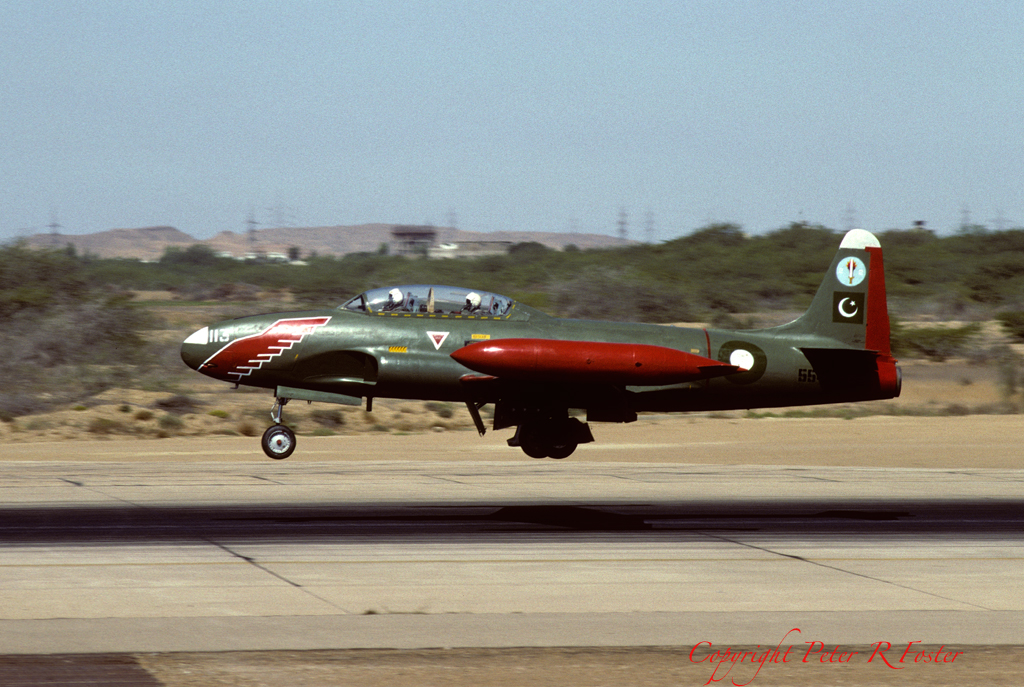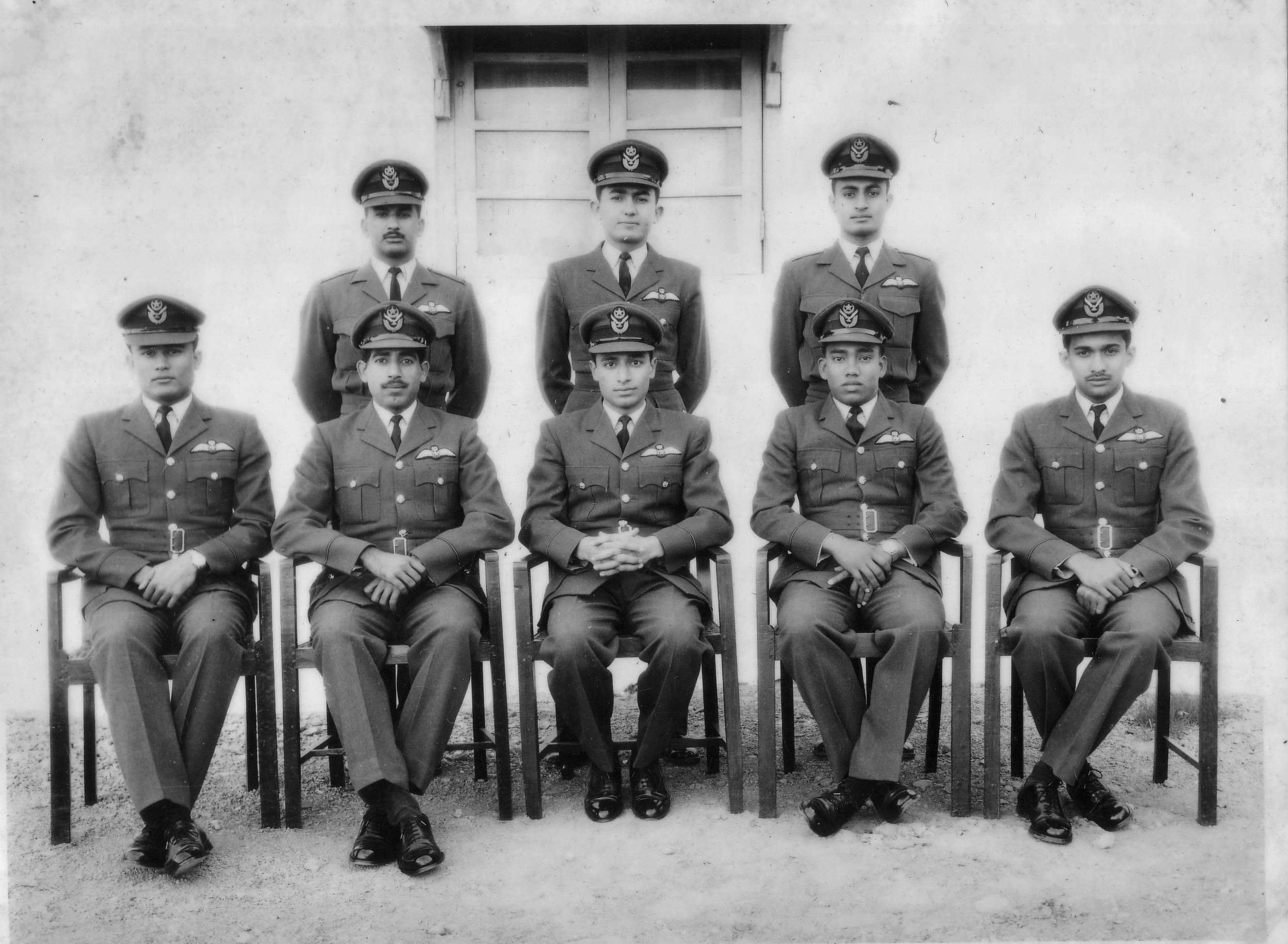Remembering Flight Lieutenant Matiur Rahman, 54 years on
Remembering Flight Lieutenant Matiur Rahman, 54 years on

“Idhar so raha hai ek gaddar” — “Here lies a traitor.”
These words were inscribed in front of the neglected grave of Bir Sreshtho Matiur Rahman in the fourth-class cemetery of the Masroor Airbase in Karachi, Pakistan; abandoned and in ruins.
Let me take you 54 years back from now.
11:28 am, 20 August 1971
Masroor Airbase, Karachi, Pakistan
Suddenly, the radio in the air traffic control tower crackled: “Bluebird 166 is hijacked…” Instantly, Masroor Airbase was on high alert. Flight Lieutenant Asem Rashid, the on-duty air traffic controller was shocked.
Before he could grasp what was even going on, the T-33 aircraft roared down the runway, veered left instead of the regular right turn, and flew at treetop altitude, disappearing into the distant horizon. The plane’s callsign was Bluebird-166.

A military aircraft being hijacked from a secured airbase is almost unthinkable. Following the March crackdown in Dhaka, the Pakistanis had grounded Bengali pilots, fearing just such an attempt. Yet now, despite all precautions, it was happening.
F-86 fighter jets scrambled immediately; the radar system was madly trying to trace the aircraft but Bluebird-166 remained below radar coverage because of its low flying altitude. Pilots searched blindly and issued commands over radio—but the T-33 remained silent and invisible to the radar.
Earlier that morning, Flight Lieutenant Matiur Rahman had reviewed the day’s flying schedule and marked Pilot Officer Rashid Minhas as the target. Rashid Minhas was just a 20-year-old, newly commissioned, young officer. And Matiur was Minhas’ flying safety officer. He had arranged for his family to reach the Indian embassy safely the previous night.
Bad weather had almost jeopardized the plan, as solo flights for trainee pilots were risky under overcast skies. At 11am, the clouds were gone and the clear, beautiful blue airspace reappeared. A small, confident smile lit Matiur’s face. Today, destiny would demand everything.
On 25 March, during the Dhaka crackdown, Matiur had been at his ancestral home in Ramnagar, witnessing the brutality of the Pakistan Army firsthand. He met officers of the 2 East Bengal Regiment, knowing that as a pilot, his contribution to a ground battle would be limited. Back in Pakistan, he resolved to serve the liberation in a larger, more decisive way.

Despite being a Flight Lieutenant in the Pakistan Air Force, Matiur had opened a training camp in Bhairab, instructing Bengali youth in guerrilla tactics. He collected arms, formed a resistance unit, and prepared for the struggle for freedom. On 14 April, when Pakistan launched an airstrike on the base, he had anticipated the assault and moved operations in time to protect his trainees. Even then, he lamented the irony from the ground: “A student of mine may now be bombing his own land… I will protect the dignity of my soil.”
By August, Matiur was ready for the ultimate act of courage. As Minhas taxied the T-33 for takeoff, Matiur signalled him to stop the aircraft, saying the plane had faulty wings. He then leapt into the rear seat and promptly pressed a chloroform-soaked cloth over the young pilot’s nose to gain control of the situation. Minhas lost consciousness.
The T-33, a tandem-seat jet without a rear parachute, required precise low-level maneuvering to evade radar. Matiur executed a shallow left turn, instead of a usual right, immediately upon takeoff, maintaining treetop altitude, adjusting aileron and rudder inputs constantly, keeping the aircraft under 200 feet to remain invisible to base radar.
F-86 Sabre jets scrambled behind him. Matiur used tactical low-level evasion, alternating climb-and-dive sequences, executing a tactical “zigzag” to defeat enemy radar tracking while keeping the aircraft within engine performance limits. He employed maximum allowable thrust in afterburner for brief bursts, then throttled back to minimise radar cross-section, maintaining visual contact with the terrain for orientation. Every second was calculated; any deviation could have resulted in catastrophic midair collision or ground impact.
Behind him, Minhas regained consciousness but was restrained. The T-33’s cockpit radio continuously relayed instructions to eject; however, since the rear seat lacked a parachute, any attempt to eject would be fatal. Matiur maintained a stable heading for the aircraft by balancing the weight distribution with precise control column inputs and managing the airspeed at around 350 knots to avoid stalling while minimising exposure to pursuing F-86s. His situational awareness combined both human judgment and calculated risk.
As the T-33 approached the Sindh border near Jinda village, Indian airspace came into range approximately 64 nautical miles from Masroor. The aircraft’s trajectory was now flying over sandy dunes.
Minhas attempted to interfere, but Matiur’s restraining grip and tactical handling ensured no abrupt maneuver that could alert the pursuing interceptors. The canopy, which was improperly locked before the flight, succumbed to aerodynamic forces. As it tore off and struck the tail section, the jet became uncontrollable. Without a rear-seat parachute or secured harness, Matiur was violently ejected, falling to earth near the crash site. The crash killed both of the pilots. Flt Lt Matiur Rahman died as a martyr.
The mission failed, but his act of valor and sacrifice would always be reverberated across history.
Matiur’s widow, Milly Rahman, and his two infant daughters, Mahin and Tuhin, were imprisoned for a month by Pakistan Air Force, and were released on 29 September, 1971.
Matiur Rahman was born on 29 October 1941 at Mobarok Lodge, located at 109 Aga Sadek Road in Purana Dhaka, and he was the sixth of twelve children. Commissioned in 1963 after excelling at Pakistan Air Force Public School in Sargodha, he trained on F-86 Sabres and MiG-19 jets. During the 1965 India-Pakistan war, he served with distinction. By 1970, he was a jet flying instructor, molding the next generation of pilots.
On 25 March 1971, Matiur returned to Dhaka for his annual leave and witnessed the oppression firsthand. He trained freedom fighters in Ramnagar, Bhairab, and prepared for resistance. After Pakistani airstrikes, he temporarily relocated operations and eventually returned to Karachi on 9 May, officially assigned as Flying Safety Officer. His heart, however, remained with the liberation struggle.
Flight Lieutenant Matiur Rahman’s body was buried as a traitor, while Rashid Minhas was recognised as a national hero. For the same incident, Rashid Minhas was posthumously awarded the Nishan-e-Haider, Pakistan’s highest military gallantry award. After the liberation war, Matiur Rahman was awarded the Bir Srestho, Bangladesh’s highest military gallantry award.
For 35 long years, Matiur Rahman lay buried in a fourth-class cemetery at Masroor Air Base in Karachi. After over 30 years of negotiations, Flight Lieutenant Matiur Rahman’s body was finally returned to Bangladesh on 24 June, 2006 for a ceremonial and highly symbolic reburial. He was buried at the Martyred Intellectuals Graveyard on 25 June 2006, in Mirpur, Dhaka, with full military honours.
On the other hand, in front of Rashid Minhas’s grave, the Urdu inscription reads: “Frowaje don ki ek fiza me mumin ka nisha aur munafikka nisha, aur Rashid ki shahadat ye hai.”
Its meaning: “The signs of a true believer and a hypocrite are distinct, even if they traverse the same land. Rashid’s martyrdom was like a verse by poet Iqbal.”
Below it, a poem by Iqbal in Persian reads: “Kurguez ka jaha aur hai, shahi ka jaha aur.” Its translation: “Even if vultures and hawks roam the same place, their realms are separate.”
Such a strange world we live in!
Flight Lieutenant Matiur Rahman, Bir Sreshtho, sacrificed everything for the birth of a nation. During his martyrdom, he was just 29. Today, he would have been 84. As long as Bangladesh exists, Matiur Rahman’s legacy will live on in our hearts.


